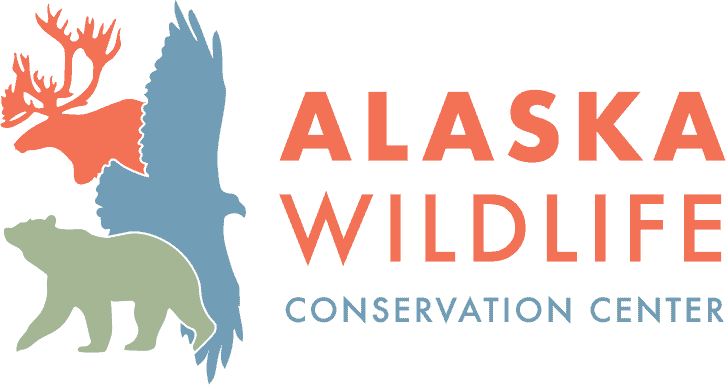One at a time, eighteen mature wood bison bulls walked off a barge onto the bank of the Innoko River and disappeared into their new habitat earlier this week.
“130th bison released today without injury or death during transport to any. It’s been a long, hard road, and now we turn them over to nature herself,” was the message sent out by wood bison project biologist Tom Seaton.
One of the largest bulls, wearing ear tag #250 and estimated at 2,400 pounds, immediately nibbled some vegetation. Others rubbed their horns on brush. The last 18 bulls began the trip to their new home on June 18, 19 and 20 at the Alaska Wildlife Conservation Center (AWCC) in Portage where they have been cared for since they arrived from Canada in 2003 and 2008. ADF&G and AWCC staff loaded the bulls into specially designed bison shipping containers at AWCC. The containers were trucked to Nenana and loaded onto a barge for a trip along the Tanana, Yukon and Innoko Rivers to a release site near Shageluk. Department biologists on board the barge monitored the bulls round the clock to make sure they were eating and drinking and didn’t overheat.
ADF&G staff cut and cleared brush to form a path from where the barge stopped to nearby sedge meadows where other bison had been spotted recently. The stall doors of the shipping containers were opened one at a time and each bison walked off the barge into the wild.
“The bulls will have time to put on weight before the breeding season, which begins in late July,” said Seaton.
The bulls were the last of 130 bison of all age classes transported to the Lower Innoko-Yukon Rivers Area in a project to restore wood bison to Alaska. AWCC partnered with ADF&G to care for the bison before their release, and to help educate the public about wood bison and the project. 50 adult cows and 50 juveniles (cows and bulls) ranging from 200-1400 lb. each were flown to Shageluk via C-130 Hercules in late March and released in early April. In May, 12 adult bulls were driven to Nenana, then barged to the area and released near the cows and juveniles. The bulls each weighed between 900 and 2,400 lbs.
According to Seaton, the herd is doing exceptionally well so far. Biologists have counted 15 calves which have been born in the wild. Two wood bison have been spotted as much as 80 miles from the release site while exploring new habitat, and several others have taken shorter exploratory jaunts.
“The more the bison explore their habitat now, the more options they will have when the challenges of winter and other seasonal events arise,” Seaton said.
Most of the wood bison are wearing radio collars and will be intensively tracked for several years to monitor their movements and population growth. Wood bison are grazers, which has been an empty niche in the boreal forest ecosystem in Alaska since bison disappeared. Wood bison are a slightly larger subspecies than the plains bison which roam the Continental 48 plains states. They are larger and better adapted to northern areas.
Wood bison inhabited Alaska and northwestern Canada for thousands of years. Skeletal remains of wood bison and oral histories from Alaska Natives show that wood bison disappeared from the state within the past 200 years, likely from a change in habitat distribution and effects of unregulated hunting. Wood bison were last sighted in Eastern Alaska in the 1920s. They were declared extinct in 1941 but a small herd was discovered in Canada in 1957. From that herd, conservation efforts have resulted in about 5,000 disease-free wood bison in seven wild herds in Canada.
The Alaskan wood bison have been maintained and grown under the supervison of the Alaska Wildlife Conservation Center staff since they were brought to Alaska from Canada in 2003 and 2008. A small herd of wood bison remains at AWCC, where people can see and learn about these majestic animals.
“We’ve enjoyed caring for the herd, but it’s good to know they’re now free. We’re pleased to have played a role in bringing back a species from extinction,” said AWCC Executive Director Mike Miller.
